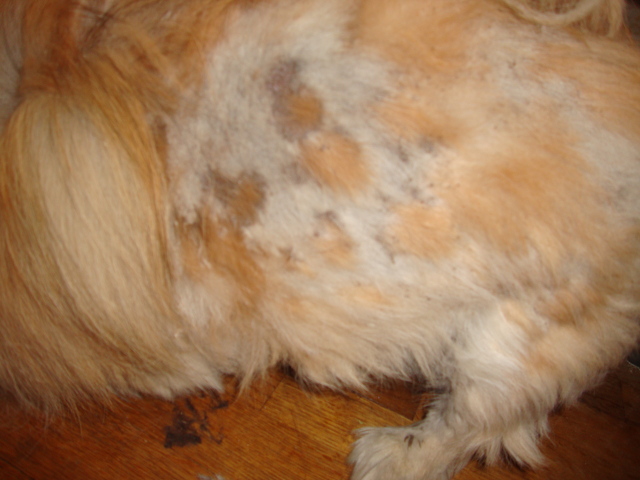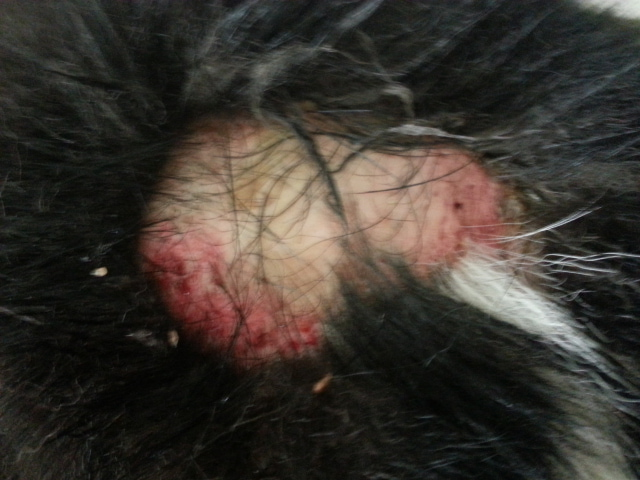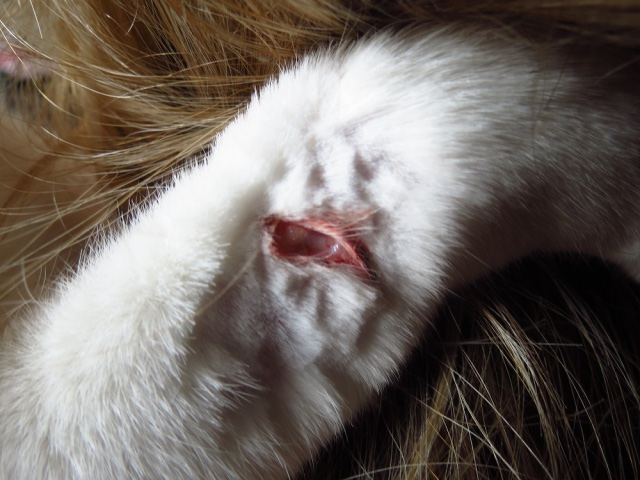QuestionMy female Lhasa Apso has had surgery for Calcium Oxilate Bladder Stones. The Vet has put her on Urocit-K to keep stones from forming. He also put her on Hydrochlorot because her urine was not clear. Would it be better to have my dog examined ever 6 months or so and if she has formed stones, flush them out before they get big. Giving my dog pills is like pulling teeth. The medicine is not getting her PH to the poing to curtail the stones from forming
AnswerHi Richard!
You didn't say if your vet discussed putting your dog on a special diet. Special diets cannot dissolve existing stones, but they are an important part in preventing the development of new stones. Prevention centers on creating a urinary environment with minimal calcium and minimal oxalate as well as creating a urine pH that is not conducive to calcium oxalate formation.
The usual diets recommended include:
Hills K/D diet
Hills U/D diet
Select Care Modified diet
CNM NF from Purina
Waltham's Low Protein Diet
For each of the above diets, the canned form is preferable to dry so as to increase water consumption and thus help dilute the urine.
Okay, on to the question you wrote in about! Regarding how often to have your dog examined:
Two to four weeks after surgery, a urine sample should be checked. If the urine is not adequately dilute, water consumption will have to be increased (either by adding water to the food or increasing the amount of canned food).
If urinary pH is less than 6.5 or if oxalate crystals are seen, then the dog should be given potassium citrate orally. Potassium citrate helps create an alkaline urine (in which calcium oxalate stones have difficulty forming).
If all is well with the urinary pH tests, then urinalysis should be performed every 2 months or so for the rest of the dog's life (University of Minnesota's current recommendation).
Radiographs should be taken every 3-6 months so that any new stones will still be small enough to be retrieved from the bladder by flushing. If one skips this monitoring, one may find stones present have developed to a large size and surgery is again needed to remove them.
I would think that having your dog examined before the stones can get too big is important to the comfort of your dog. If the stones get too big she'll need surgery to remove them. Lab testing is far less invasive and expensive an option!
If this information I've given above is different than what your vet has discussed with you, (if it were me) I'd ask the vet what he/she thought of the specific recommendations I listed above. Keep in mind that you can probably trust that your vet knows your dog's individual condition, and how best to treat her. Reading up on the condition will help you know what important questions you should be asking the doctor.
Here are a few of web pages that deal with bladder stone/Calcium Oxalates in dogs. You might find the info helpful:
http://www.mscc.ca/stones.html
http://www.petcaretips.net/bladder_stones_dogs.html
http://www.2ndchance.info/calculi.htm
http://www.papillonclub.org/PapillonHealth/Article-Bladder-Stones.html
http://www.wellvet.com/oxalatestonediet.html
http://www.vetcentric.com/reference/encycEntry.cfm?ENTRY=37&COLLECTION=EncycIlln...
After reading up on the subject, if you have questions don't hesitate to talk to your vet, it's what he/she is there for. You and your vet are a team in treating your dog, after all.
Here is a web address for a canine bladder stone message board. You may find it helpful to discuss your dog's condition with others who are going through the same things. Go to:
http://www.i-dog.com/board/messages/46/54144.html?1079553689
I understand how hard it is to get a pill into a small dog's mouth! Maybe one of these hints will help make medication time easier:
Can you split the pill in half, and give it in two smaller portions?
Crush the tablet between two spoons, or use a pestle and mortar. Mix the powder evenly into the food (something really irresistible) which should disguise the taste of it very effectively. However, even after all this, there are still some pets that will refuse to eat it.
Hiding a pill in a small piece of cheese, banana or butter, can often be too much of a temptation to resist. Some pets may start to associate getting a treat with medication. It is sometimes wise to offer a treat without medication, then offer a medicated one, and then again an unmedicated treat to reduce the association. Varying the type of treats used is advisable too. Again, splitting the pill in two might make this solution even easier.
When all else fails, there's always the direct approach: Open your dog's mouth and place the pill on top of her tongue, as far back as possible. Then close her mouth and stroke her throat until you see her swallow. Give her a treat afterwards to ensure that the pill was swallowed. Watch your dog closely after administration to ensure she does not regurgitate the treatment, or shake it out of her mouth.
I hope this has been helpful and I wish you the best of luck!Please keep me posted and give that Lhasa lots of kisses for me!Sending wagging tails your way!
Nicole.D.

 Sudden aggressive episode - reaction to cortisone therapy?
Question
Maddy - Tibetan Spanie
I have a Tibetan Spanie
Sudden aggressive episode - reaction to cortisone therapy?
Question
Maddy - Tibetan Spanie
I have a Tibetan Spanie
 pekingese skin problems
Question
1 i have 4 more pic i
i was wonerin wat my ad
pekingese skin problems
Question
1 i have 4 more pic i
i was wonerin wat my ad
 German shepherd skin issue please help
Question
back side back and tail
It start
German shepherd skin issue please help
Question
back side back and tail
It start
 Cat with cut on front leg
Question
The cut
Hi, this morning I noticed that
Cat with cut on front leg
Question
The cut
Hi, this morning I noticed that
 Elbow Dysplasia/Rimadyl
Question
Kula
My 2.5 y.o. Golden Retriever has had two
Elbow Dysplasia/Rimadyl
Question
Kula
My 2.5 y.o. Golden Retriever has had two